Detailed Communication Plan: Project Management in BU345 Course
VerifiedAdded on 2022/08/25
|9
|1067
|12
Report
AI Summary
This report outlines a formal communication plan essential for effective project management. It begins with an introduction highlighting the importance of a well-defined communication strategy, emphasizing the need for team consensus on all aspects of the plan. The report details communication goals, which focus on disseminating project-related data and information to stakeholders. It also discusses an interactive communication approach as the preferred method. Key stakeholders, including the project manager, resource manager, contractors, supervisors, and consultants, are identified and their roles in the communication process are clarified. The report then explores various communication methods, recommending a blend of formal (email) and informal (face-to-face) channels. The core of the report involves a phase-by-phase breakdown of required communications, ensuring alignment with project stages like planning, execution, and closure. A detailed communication plan table is provided, specifying communication goals, stakeholders, methods, and frequency. The conclusion reinforces the significance of identifying stakeholders, defining communication goals, and adapting communication strategies to project phases for enhanced project outcomes.
1 out of 9
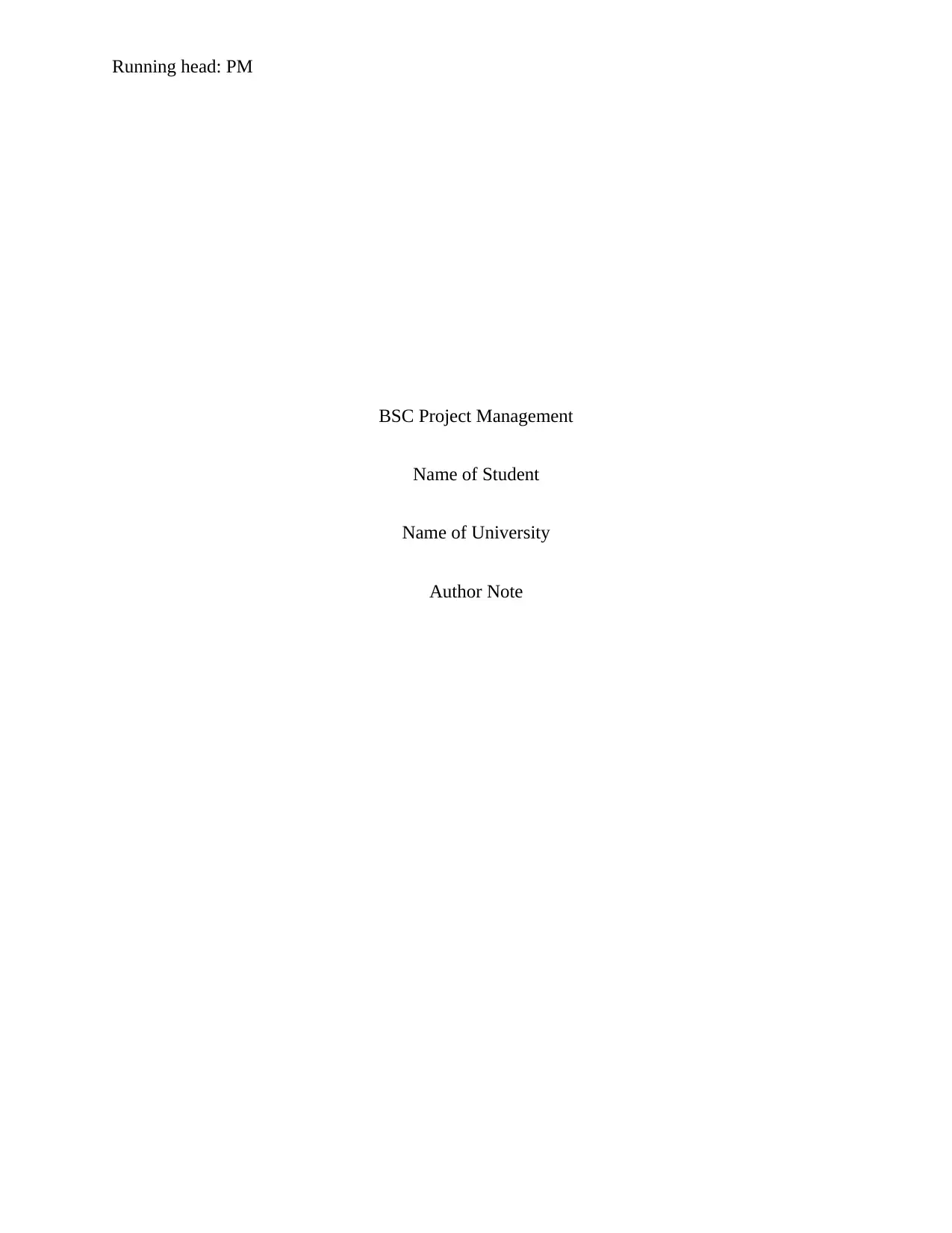
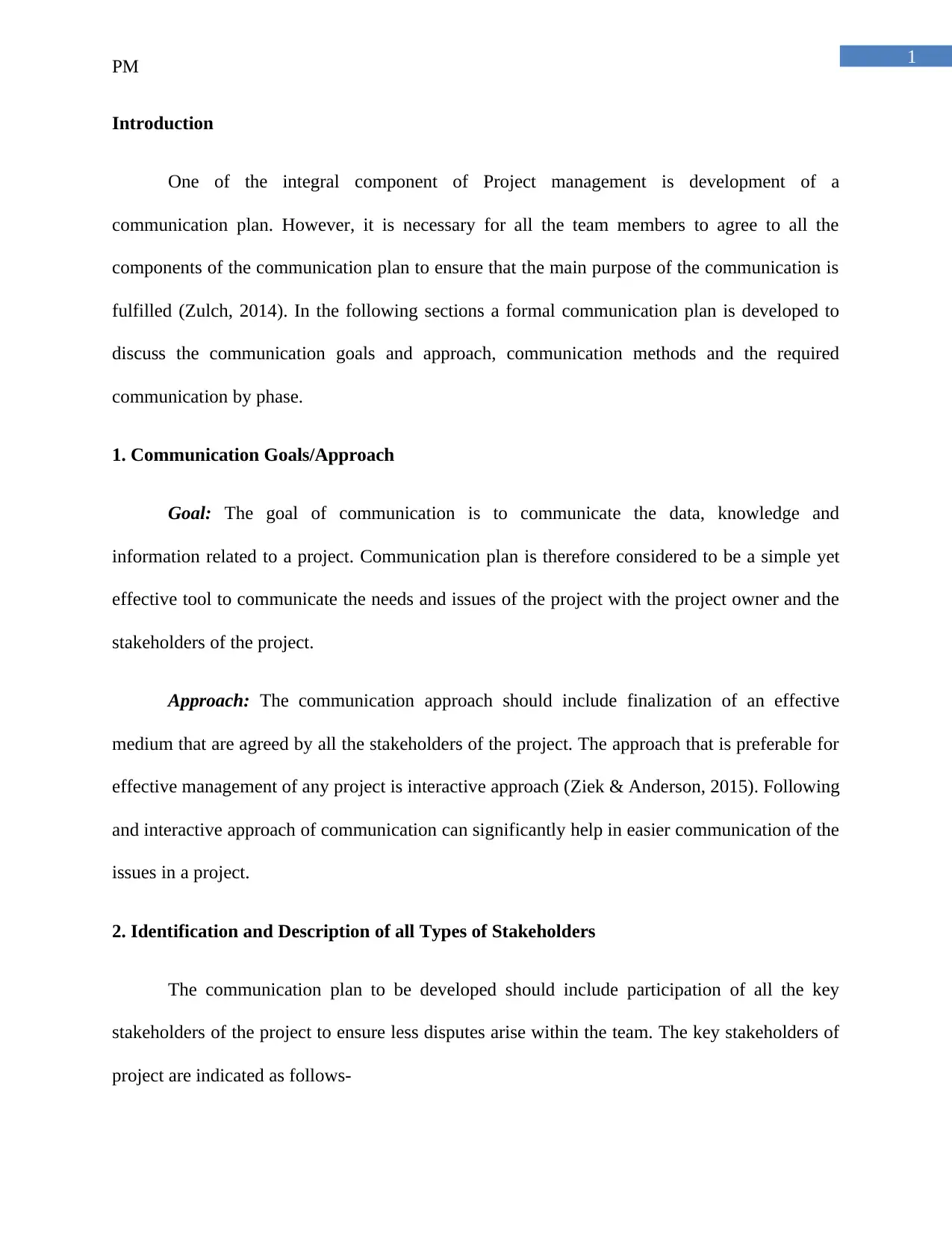
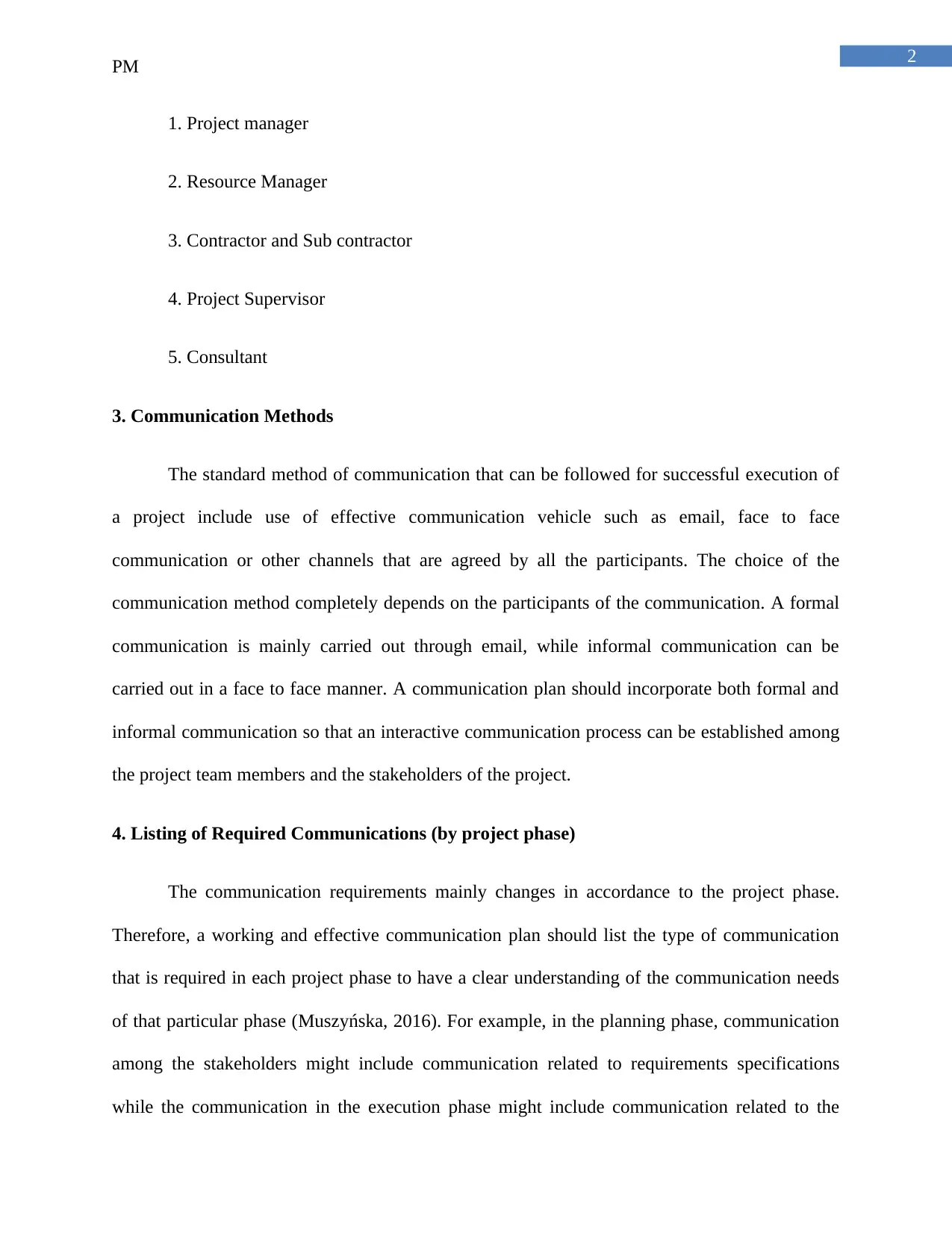

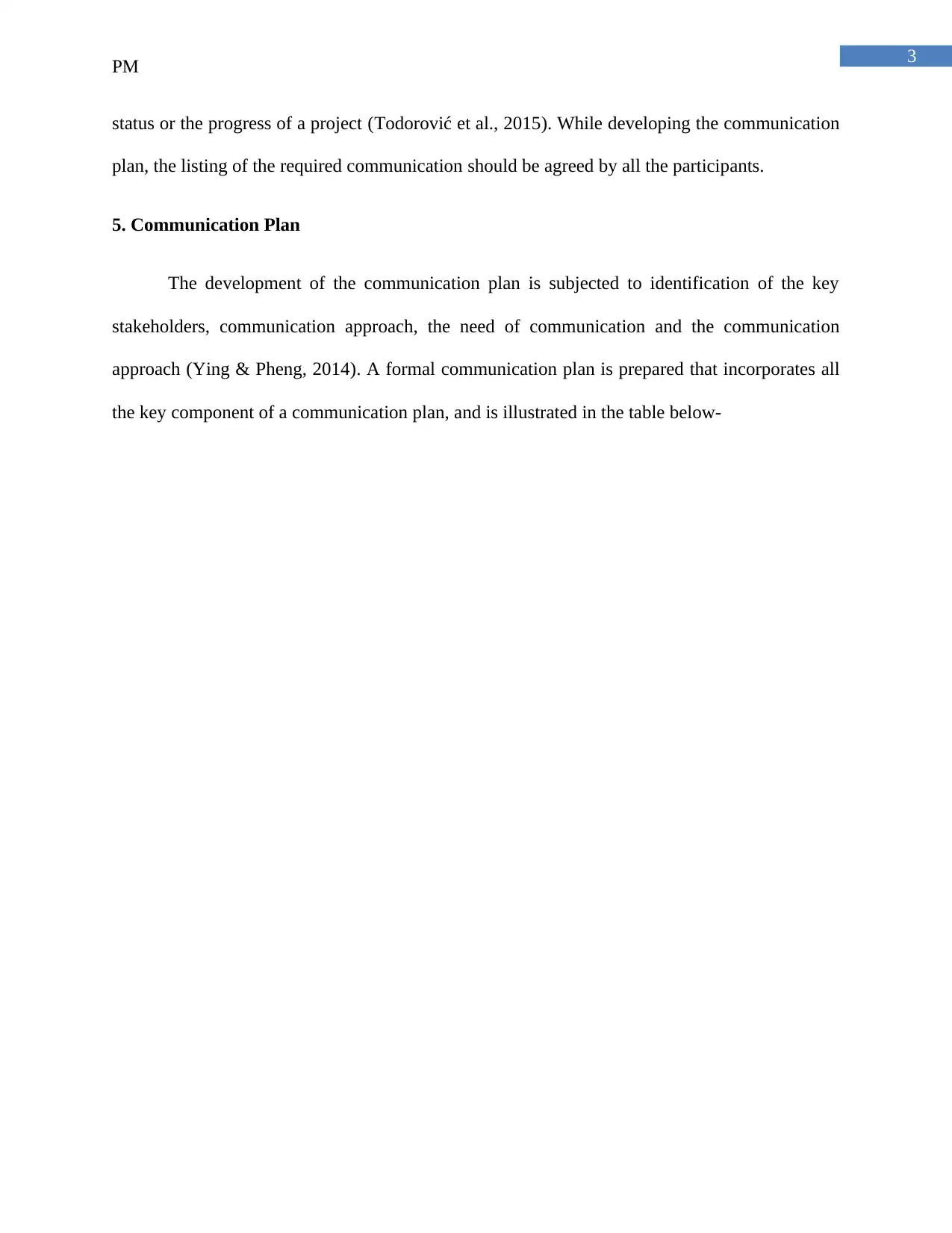
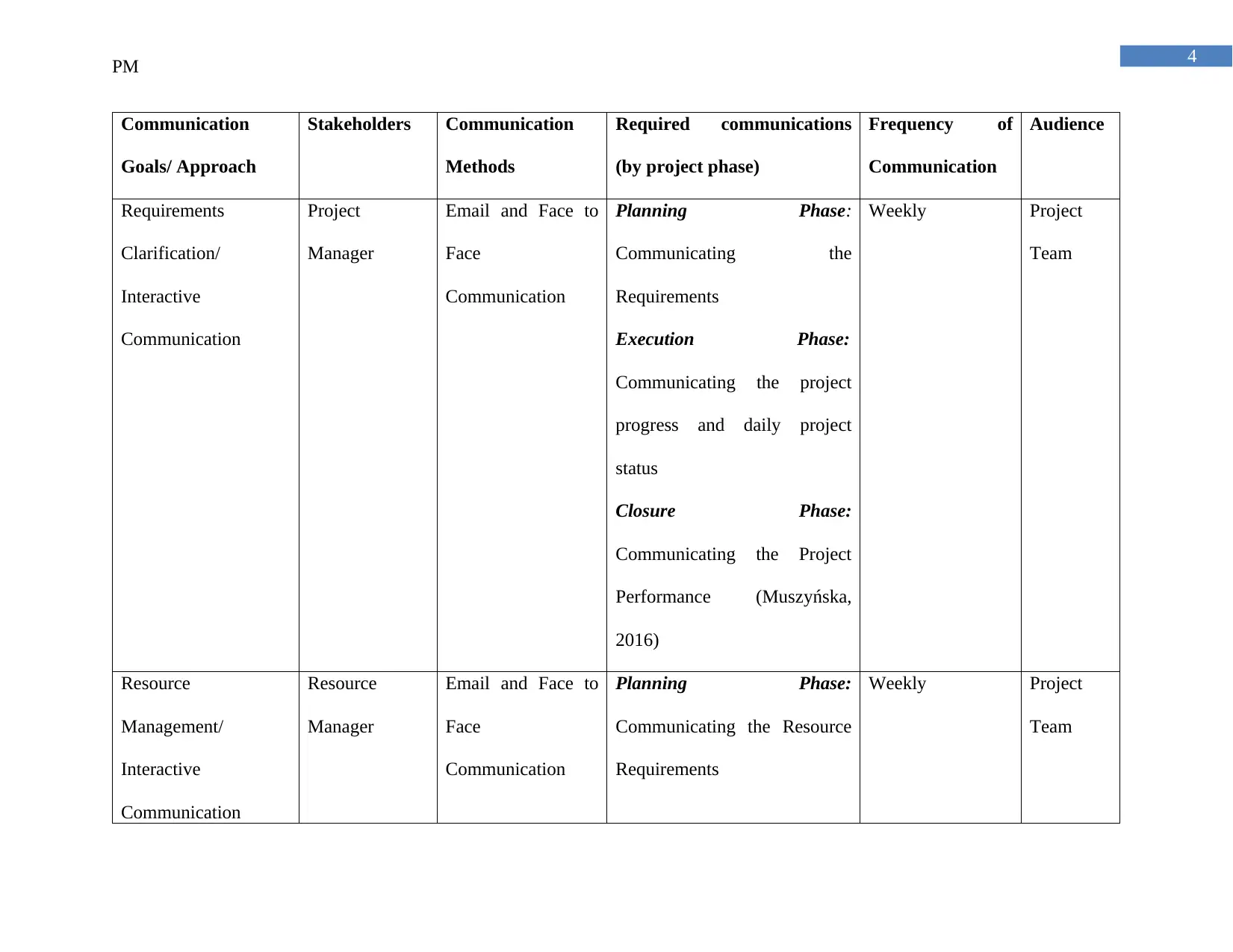
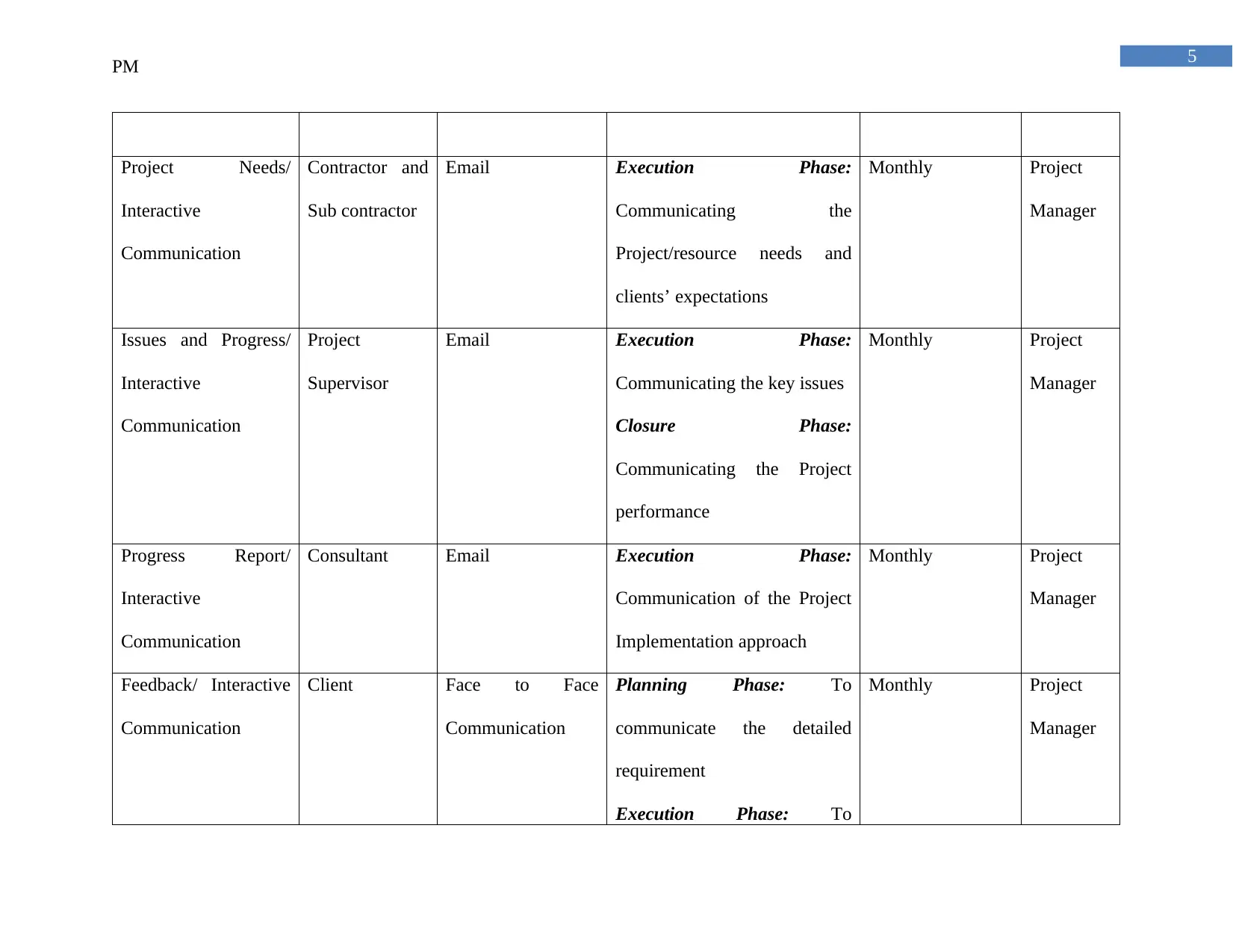
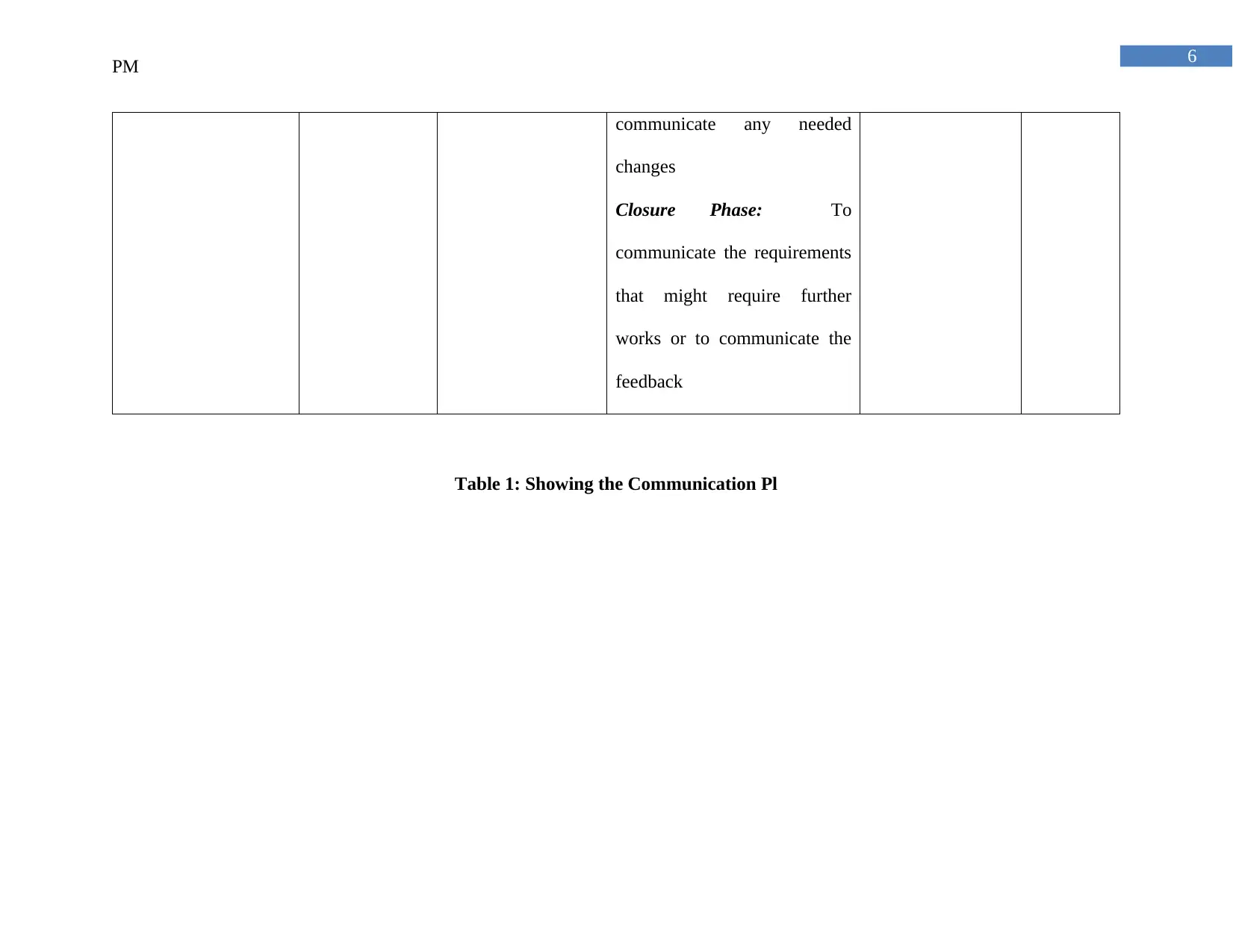
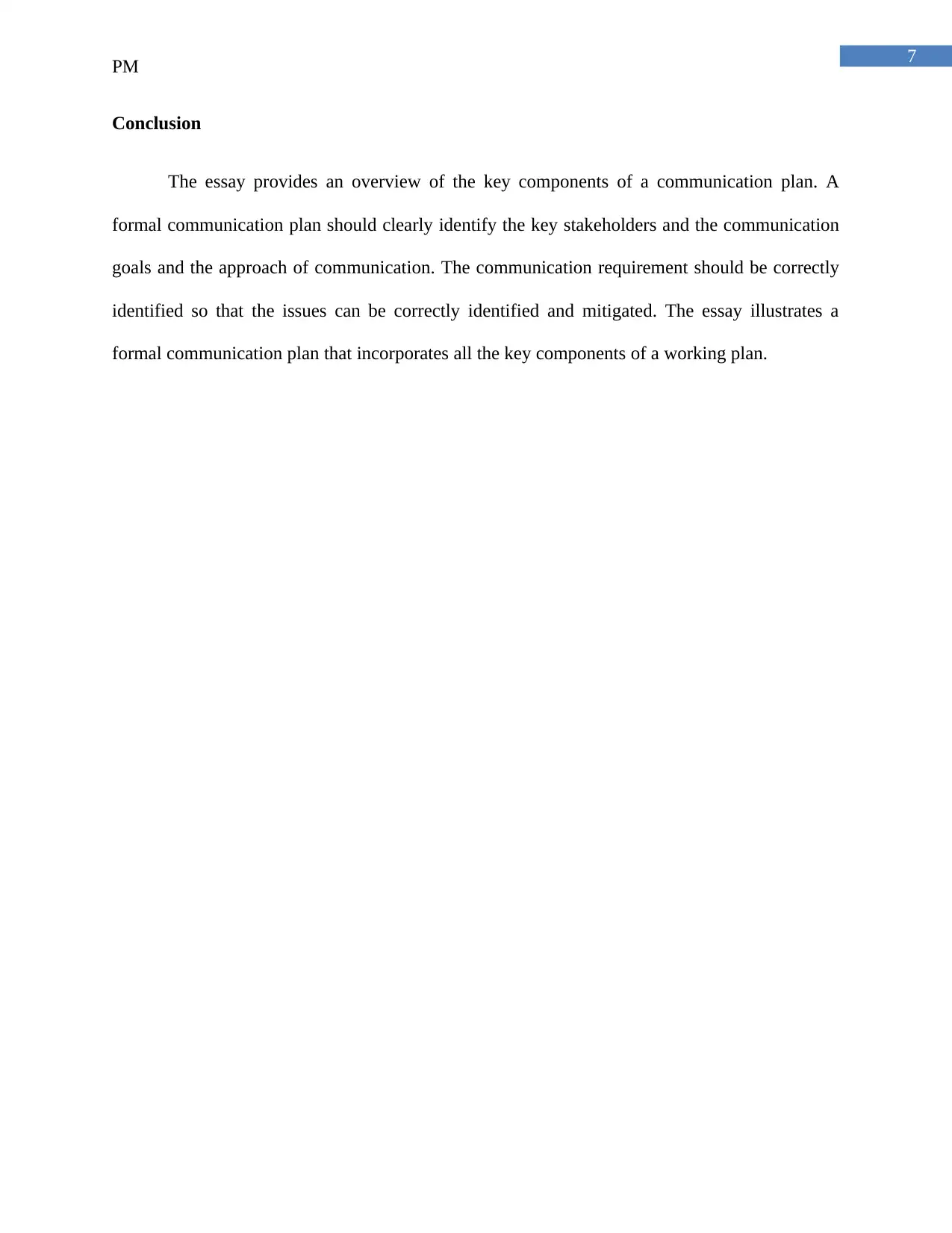
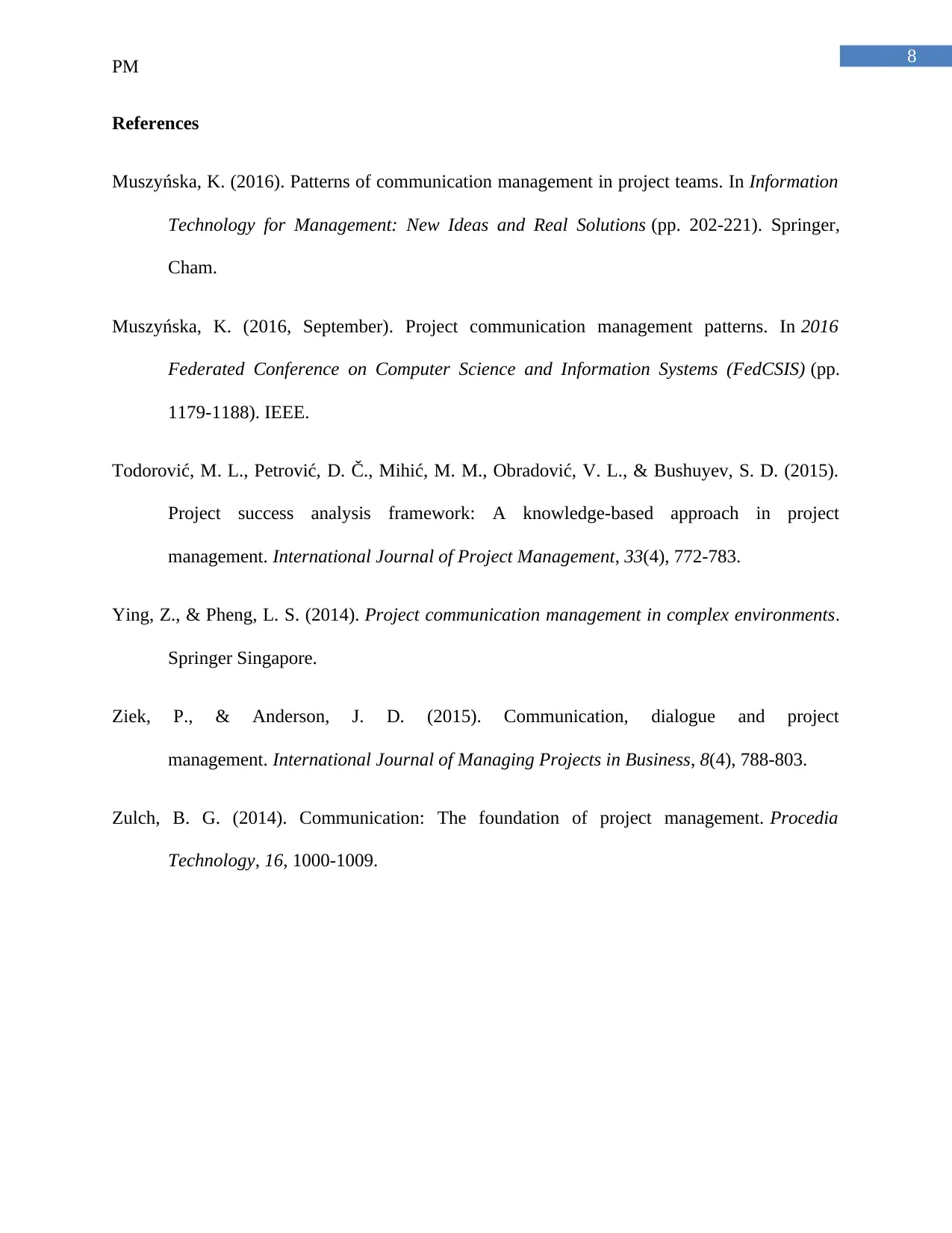






![[object Object]](/_next/static/media/star-bottom.7253800d.svg)